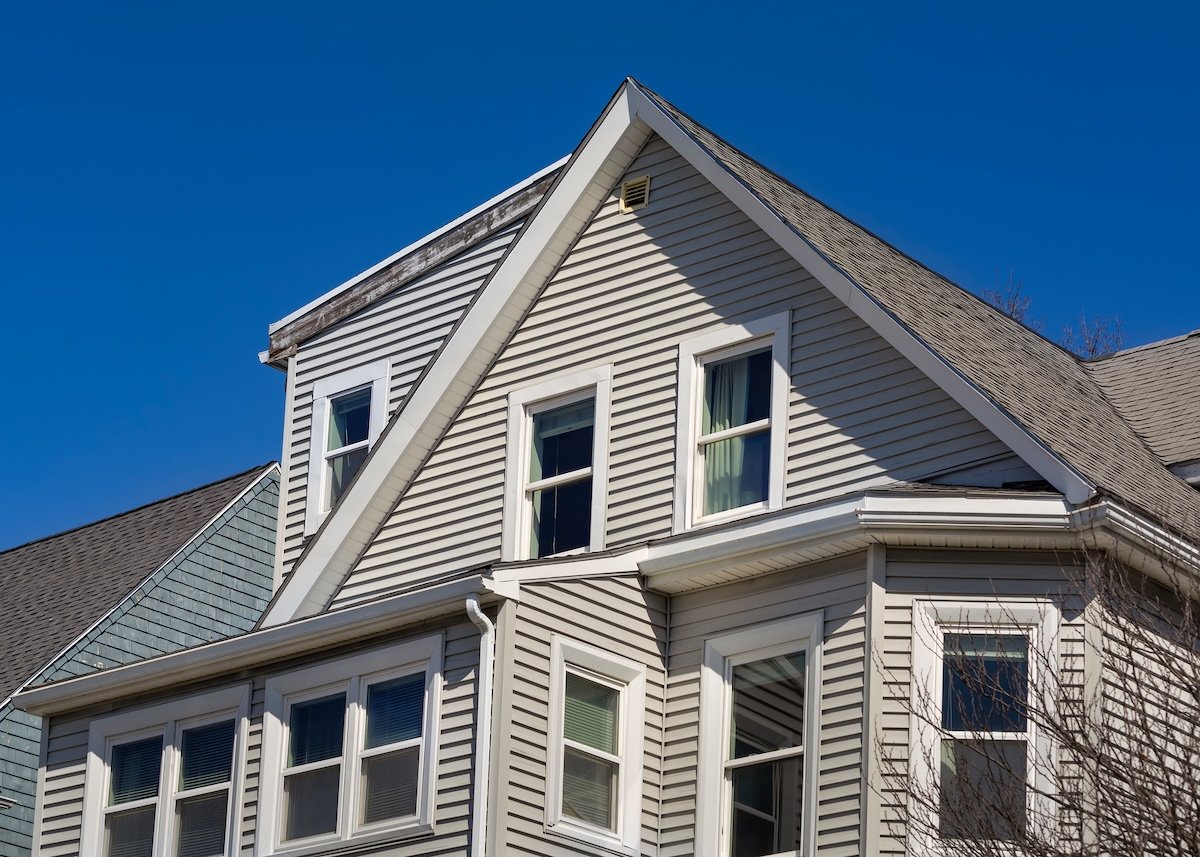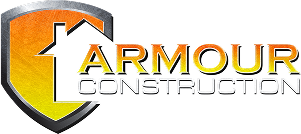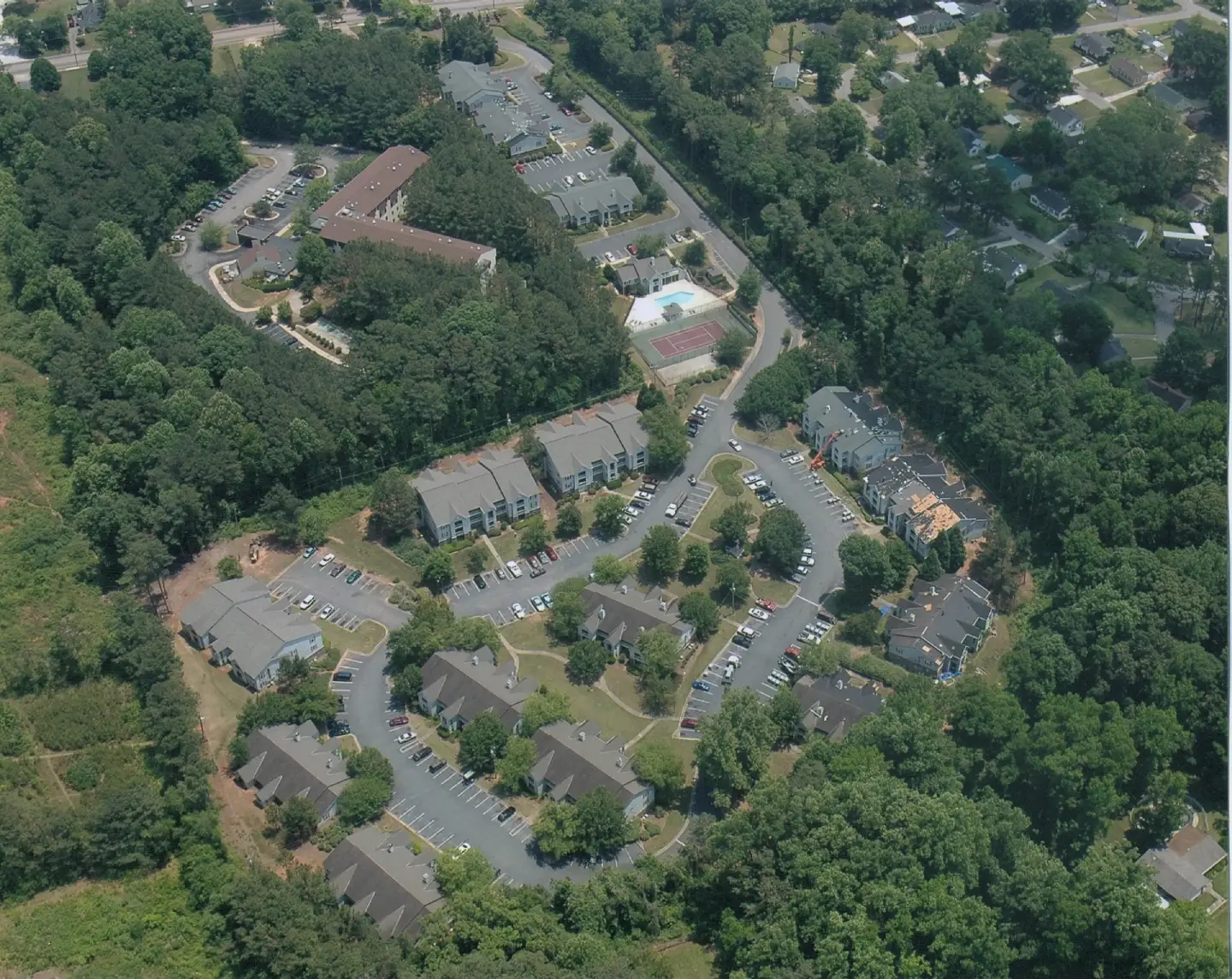
What Is Fascia on a House? (A Guide to Your Roofing System)
Most homeowners can identify basic parts of their roof like shingles and gutters, but many remain unfamiliar with one of the most important components: fascia. This horizontal board runs along the edge of your roofline and plays a crucial role in protecting your home from water damage while contributing to its overall appearance.
Understanding what fascia is and how it functions can help you make informed decisions about roof maintenance, repairs, and replacements. Whether you’re dealing with damaged fascia boards or simply want to learn more about your roofing system, this comprehensive guide covers everything you need to know about what is fascia on a house.
We’ll explore the different types of fascia materials, their benefits, common problems to watch for, and maintenance tips to keep your roofing system in top condition. By the end of this article, you’ll have a clear understanding of why fascia matters and when it might be time to call in roofing professionals.
- What is fascia and where is it located?
- 5 key benefits of fascia on your house
- Common fascia problems and warning signs
- Fascia maintenance and care tips
🤔 What Is Fascia and Where Is It Located?

Fascia refers to the straight horizontal board that runs along the lower edge of your roof, directly behind your gutters. This board connects to the ends of your roof rafters or trusses and creates a smooth, finished appearance along your roofline. You’ll find fascia boards on virtually every type of residential roof, from traditional gable roofs to more complex hip and mansard designs.
The fascia board sits perpendicular to your home’s exterior walls and parallel to the ground. It’s typically visible from street level and spans the entire perimeter of your roof structure, often working alongside other components like roof flashing to protect your home.
How Fascia Differs from Soffit
Many homeowners confuse fascia with soffit, but these are two distinct roofing components. While fascia runs horizontally along the roof edge, soffit refers to the material that covers the underside of your roof’s overhang. Soffit is typically installed perpendicular to fascia boards and often features ventilation holes to promote air circulation in your attic space.
Think of fascia as the “face” of your roof edge and soffit as the “ceiling” underneath your roof overhang. Both components work together to create a complete roofing system that protects and ventilates your home.
Types of Fascia Materials
- Wood Fascia: Loved for its natural look and easy customization, wood fascia can be painted or stained to match your home. However, it requires regular maintenance to prevent rot, insect damage, and warping, with repainting needed every 3-5 years.
- Aluminum Fascia: Durable and low-maintenance, aluminum resists rust, rot, and warping, while maintaining its appearance for decades. Factory-applied finishes eliminate the need for painting, and it’s lightweight for easy installation.
- Vinyl Fascia: An affordable, low-maintenance choice that resists rot, rust, and painting. It handles UV and moisture well, but extreme temperatures may cause brittleness, and durability is lower than aluminum or composite options.
- Composite & Fiber Cement Fascia: These materials mimic wood’s appearance but offer superior durability, resisting rot, insects, and moisture. While pricier upfront, they deliver long-term value with minimal maintenance and extended lifespans.
✅ 5 Key Benefits of Fascia on Your House

Installing quality fascia boards provides numerous advantages that extend beyond basic functionality. These benefits make fascia an investment in your home’s long-term protection and value.
1. Enhanced Curb Appeal
Well-maintained fascia boards create clean, finished lines along your roofline that significantly improve your home’s appearance. Fascia provides visual continuity around your roof perimeter and can be painted or finished to complement your home’s architectural style.
Fresh, properly installed fascia makes your entire roofing system look more polished and professional. This improvement in curb appeal can positively impact your home’s market value and create a stronger first impression for visitors and potential buyers.
2. Improved Water Management
Quality fascia boards help ensure proper water flow from your roof to your gutter system. The smooth surface allows water to move efficiently without pooling or backing up, reducing the risk of water damage to your roof structure and home exterior.
Properly functioning fascia also prevents water from flowing behind your gutters, which can cause rot and damage to your home’s siding and foundation. This water management capability is essential for maintaining your home’s structural integrity over time, especially in areas like Valparaiso where heavy rainfall is common.
3. Increased Energy Efficiency
Fascia boards help create a complete air barrier around your roofline when properly installed with soffit and other roofing components. This barrier prevents unwanted air infiltration that can impact your home’s energy efficiency and indoor comfort levels.
By sealing gaps along your roofline, quality fascia installation can help your heating and cooling systems operate more efficiently, potentially reducing your energy costs throughout the year.
4. Long-term Cost Savings
While quality fascia materials and professional installation require an upfront investment, they can provide significant long-term savings. Proper fascia prevents water damage that could require expensive repairs to your roof structure, siding, or foundation.
Additionally, durable fascia materials like aluminum or composite products require less frequent replacement and maintenance compared to traditional wood options, reducing your long-term ownership costs.
5. Enhanced Home Value
Quality fascia installation contributes to your home’s overall condition and appearance, both factors that influence property value. Well-maintained roofing components, including fascia, demonstrate responsible homeownership and can be attractive selling points for potential buyers.
Many home inspectors specifically examine fascia boards during property evaluations, and damaged or deteriorating fascia can become negotiation points that affect your home’s sale price.
⭐️ Common Fascia Problems and Warning Signs

Understanding common fascia problems helps homeowners identify issues early, before they develop into more serious and expensive repairs. Regular inspection of your fascia boards should be part of your routine home maintenance.
Rot and Decay
Wood fascia is particularly susceptible to rot, especially in areas with high humidity or frequent precipitation. Rot typically begins where moisture accumulates, such as near gutter joints or areas with poor drainage. Signs of rot include soft or spongy wood, discoloration, and visible fungal growth.
Once rot begins, it can spread quickly through wood fascia boards and into adjacent roof framing. Early detection and repair are crucial for preventing extensive damage to your roofing system and may even require roof structure repair.
Pest Damage
Various insects and small animals can damage fascia boards by boring holes, nesting, or chewing through the material. Carpenter ants, termites, and wood-boring beetles are common culprits that can weaken fascia boards over time.
Look for small holes, sawdust-like debris, or visible insect activity around your fascia boards. Addressing pest problems quickly can prevent significant structural damage and costly repairs.
Warping and Sagging
Temperature fluctuations and moisture exposure can cause fascia boards to warp, bow, or sag. This deformation affects both the appearance and functionality of your fascia, potentially creating gaps that allow water infiltration or pest entry.
Warped fascia boards may also affect gutter alignment, leading to improper drainage and potential water damage to your home’s exterior and foundation.
Paint and Finish Failure
Peeling, cracking, or fading paint on wood fascia boards exposes the underlying material to moisture and UV damage. Failed finishes not only look unattractive but also leave your fascia vulnerable to rot and decay.
Regular maintenance of paint and stain finishes is essential for protecting wood fascia boards and maintaining your home’s appearance.
🛠️ Fascia Maintenance and Care Tips
Proper maintenance can significantly extend the life of your fascia boards and prevent costly repairs. Most fascia maintenance tasks are straightforward and can be performed by homeowners with basic tools and safety equipment.
Regular Inspection
Inspect your fascia boards at least twice per year, ideally in spring and fall. Use binoculars or a ladder to examine the boards for signs of damage, including cracks, rot, warping, or pest activity. Pay special attention to areas near gutter joints and downspouts where water exposure is highest.
Document any issues you discover and prioritize repairs based on severity. Small problems addressed quickly are usually much less expensive to fix than major issues that develop over time.
Cleaning and Painting
Keep your fascia boards clean by removing debris, dirt, and mildew buildup. Use a soft brush and mild detergent solution to clean the surface, followed by thorough rinsing with clean water.
Wood fascia boards typically need repainting or staining every 3-5 years, depending on climate conditions and finish quality. Proper surface preparation, including scraping and sanding, is essential for achieving long-lasting results.
Gutter Maintenance
Since gutters attach directly to fascia boards, proper gutter maintenance is crucial for fascia health. Keep gutters clean and properly aligned to prevent water overflow that can damage fascia boards. This is particularly important for homeowners in Schererville, where seasonal weather puts extra strain on roofing systems.
Ensure downspouts direct water well away from your home’s foundation to prevent moisture problems that could affect your fascia and other roofing components.
🏠 Protecting Your Home with Professional Roofing Expertise
Fascia plays a crucial role in protecting your home by supporting your roof, shielding it from weather damage, and enhancing its overall appearance. As a key component of your roofing system, maintaining and upgrading your fascia ensures your home remains structurally sound and visually appealing for years to come. At Armour Construction, we take pride in being the trusted team for all your roofing needs. With years of experience, a dedication to quality craftsmanship, and a deep understanding of Indiana’s unique weather challenges, we provide customized solutions that prioritize your home’s protection and value.
Whether you need fascia repair, replacement, or a complete roofing overhaul, our honest, reliable service has you covered. Contact Armour Construction today for a professional assessment and let us help you build a stronger, more secure home. Not sure what type of roofing is right for your home? Explore our guide on the cost of metal roof vs shingle to help you make an informed choice.



